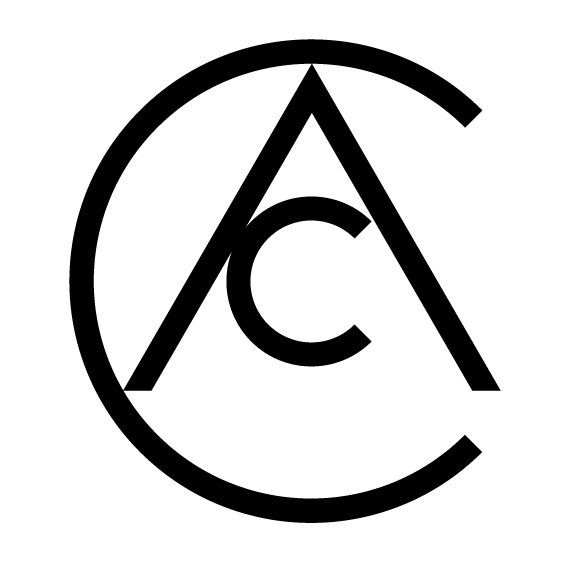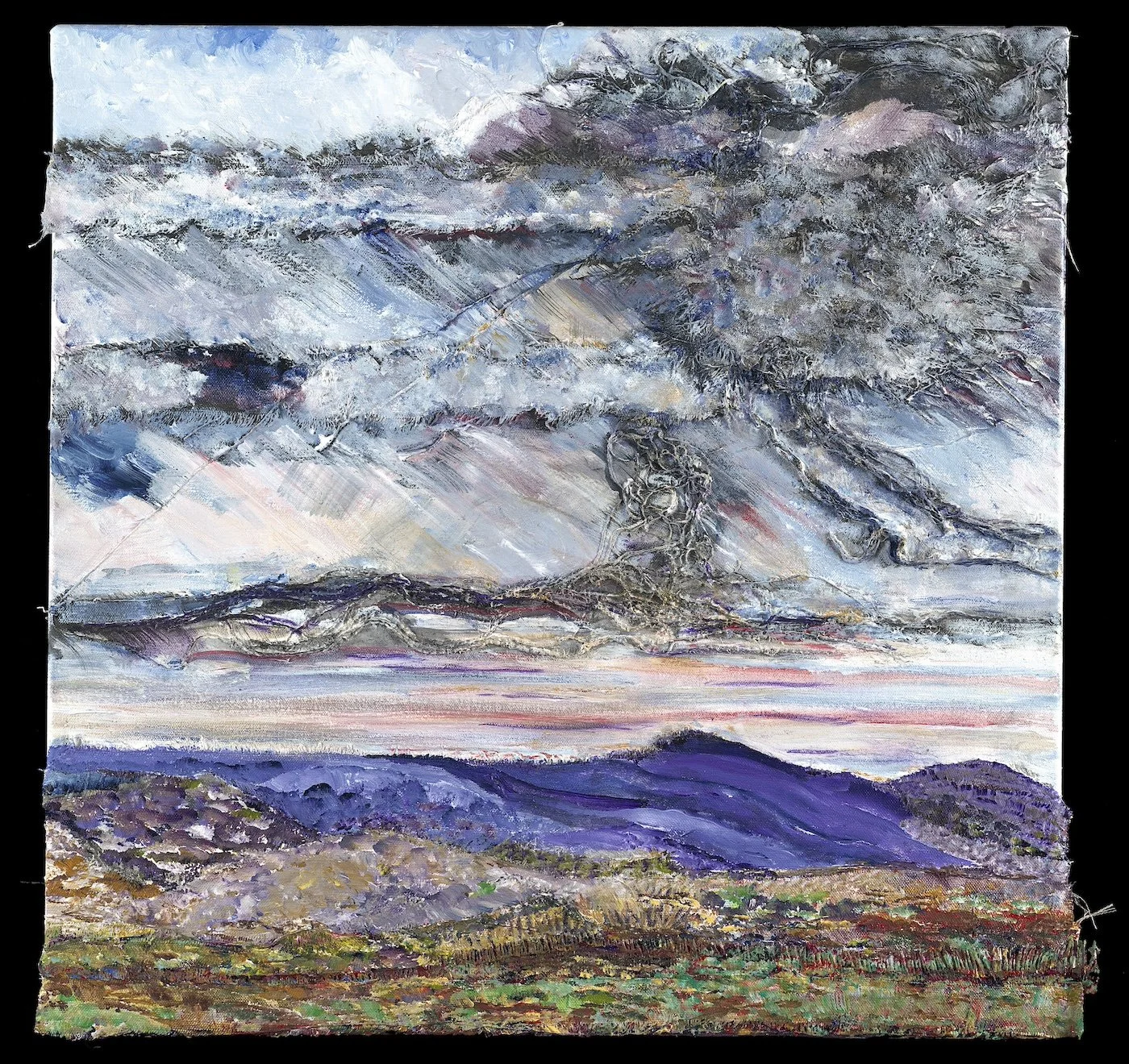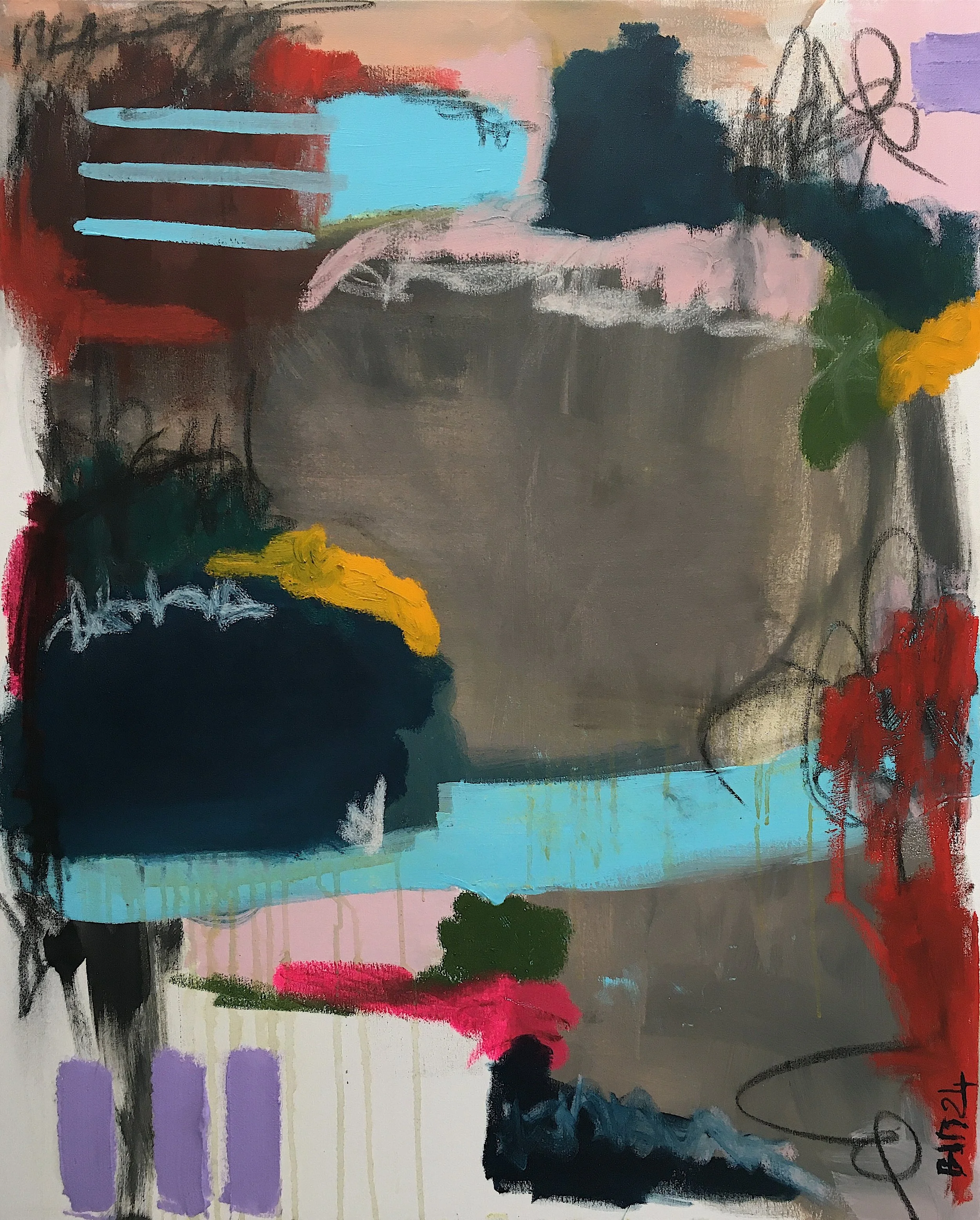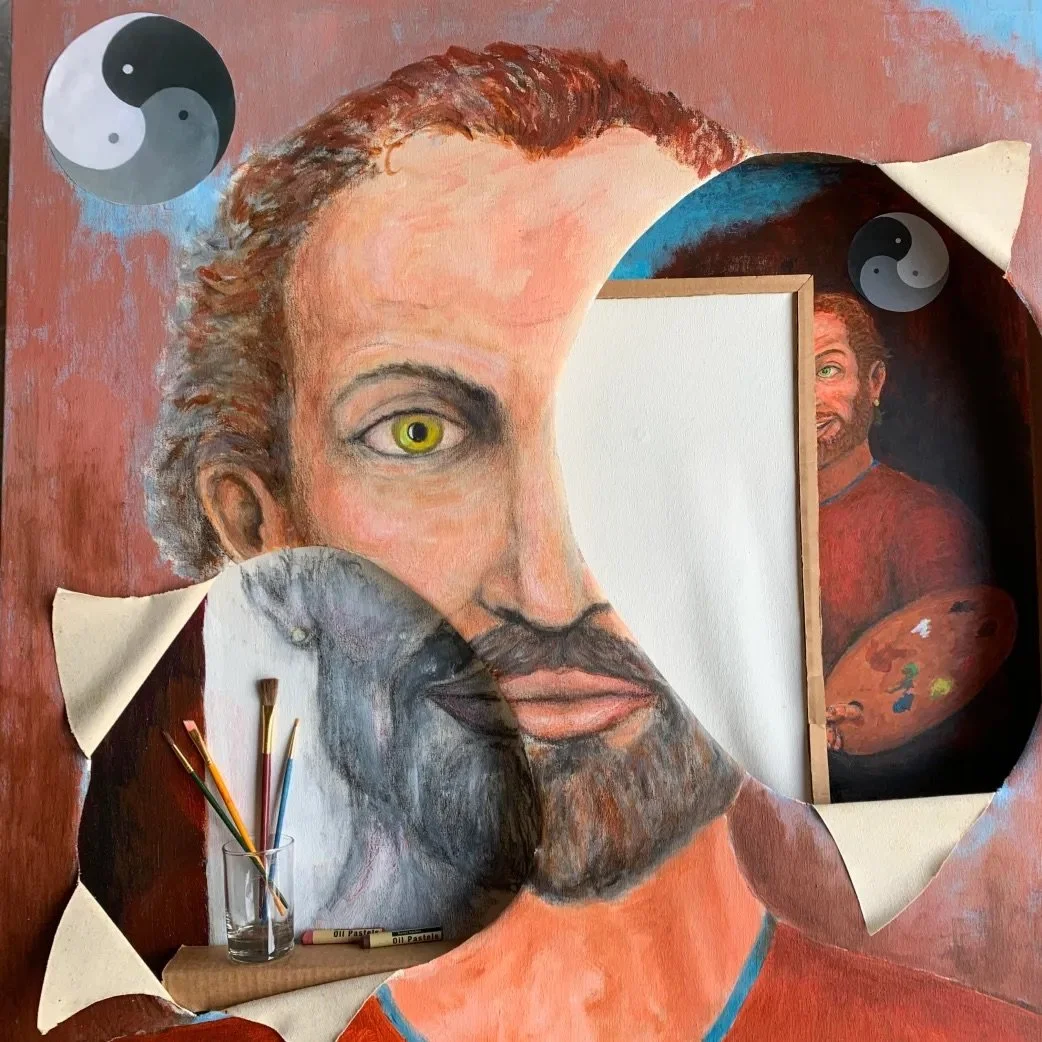It began with deceit. But instead of turning my head in disgust, I decided to investigate; this is, after all, a person on the line, I thought. In doing so, a whole New World opened up to me, a world full of mystery and intrigue a continent away. I had to think carefully about this. Do I paint a series of West African portraits, telling their stories or not? I knew it would be controversial. Topics like cultural misappropriation, inequity, economics, social injustice, discrimination and governance would be brought to the forefront. But I could not turn my head . . . it was too late. And thus I embarked on the most exciting and stressful project of my life!
All in Painting
Interview with Cor Fafiani
Dutch artist, Cor Fafiani's sculptural work aims at the exploration of potential fauna and the diversity of living beings. By imagining and by letting himself be inspired by myth, genetic manipulation, inaccessible places like the jungle and the depths of the ocean and the indescribable, he creates images that invite to a free and ethical introspection. His works in the shape of fantasy, hybrid, manipulated form a humorous universe between fiction and reality.
Interview with Eugene Kuperman
I think that first and foremost, an artist needs to understand what it is they are depicting, then draw a conclusion about how they feel about it. Nowadays, people are mostly guided by their initial emotional responses, which is how the general public gets manipulated through mainstream media. I think that in-depth research is required before even considering making a social statement with their work. If, after understanding the entire situation, the artist feels the need to portray it, then they should go for it, but let it be known that there will always be criticism for their works, so they need to be ready to face the heat.
Interview with Antje Dr Petershagen
I am Dr. Antje Petershagen, born in 1962 and living in Germany. My love for watercolors is a very long and intense one. The holistic approach of medicine and later psycho-oncology have given my art a firm place in my life. Art enables me to transform what I experience into color. Medicine, psycho-oncology and art make up my life. for me, they belong together, just as we humans are body, mind and soul.
Interview with Jia Hao
Jia Hao (b.1990, China) is a visual artist based in the Yunnan province of China. She studied at the State University of New York at Albany between 2010 and 2014 graduating with an BA in Fine Art with a focus on photography and digital imaging. Jia’s primary focus is on the human body and the environment, and she creates a dialogue about the expression and concealment of human identity. Jia’s work uses pattern, composition and interaction to create collections of images reflecting her themes, working between monochrome photography and documentary photography, performance to the camera and high-color collage.
Interview with Cristian Diez-Sanchez
Sculpture has always been the passion in my life, even though for fifty years, I pursued other creative endeavors—largely because I often prioritized the needs of friends and partners over my own artistic interests. Life unfolded in this way, and I can’t quite explain why.
Interview with Stefanie Ruprechter
I believe that it should be everyone's intention in life to improve the world, even if only a tiny bit—or, more realistically, to at least ensure that it does not become worse. In this sense, I see it as the role of the visual arts to positively influence people’s knowledge and awareness.
To be honest, I am not sure whether my modest work has achieved a significant impact so far. However, in a smaller context, there have certainly been incredibly valuable and enriching discussions and conversations inspired by my work.
Interview with L. Scooter Morris
The named style of my work is called, “Sculpted Paintings”. The paintings are an integration of color, light and texture. They are the collaboration, after many years, of combining materials and concept, ideas and technique and finding the subtle flow of message and medium. The fleshed out nuances becoming a living piece of art as a three dimensional image on the two dimentional plane.
Interview with Barbara D'Angelo Månsson
Italian/Swedish artist living and working in Sweden, I draw inspiration from the diverse artistic heritage of Scandinavia and the vibrant essence of American Abstract Expressionism. Beginning my creative voyage with drawing and photography, I ultimately found my artistic voice in the realm of abstract painting.My artistic process involves intertwining impasto techniques with unconventional materials like sand, plastic, metal and paper, resulting in structured canvases that beckon viewers to explore their tactile surfaces. By incorporating ink, charcoal and/or oil pastels,
Interview with Patrick Webb
I am an American painter and for Americans there is a short artistic history. We are a melting pot and as such I take the liberty to borrow—or even steal—from everyone and everywhere. I feel lucky to have found the things I need for my expressive endeavors. James Joyce speaks of walking on the beach and his foot striking the rock he needs. I think of these elements as such.
Interview with Celik Kayalar
Celik was born in 1949. He was a Fulbright Scholar at UCLA, receiving his Ph.D in Biochemistry in 1977. He has been a Research Associate and Faculty at various Universities such as MIT, UC Berkeley, and UCLA in chemistry, biochemistry, and molecular biology. His Ph.D thesis is credited for earning his mentor, Prof. Paul Boyer, the Nobel Prize in Chemistry in 1997.
Interview with Silke Wolff
Silke Wolff, *1965, lives and works as an artist in Ludwigshafen, Germany. At an early age, she had her own desk where she drew and painted gestural abstracts in four media. After high school, she studied drawing and design at four high-ranking international universities. This was followed by 14 years of international freelancing in product design. During this time, Silke Wolff traveled up to half a year to the USA, Yemen, Egypt, Thailand, China, and India, where she discovered new cultural worlds.
Interview with Miranda Hampson
I am an Anaiwan woman (Uralla, NSW). I was born and raised on Gumbaynggirr Country and currently living on Dharawal Country. My family has a great affinity with the ocean and it is at the heart of my most cherished childhood memories. My grandmothers, both artists, in watercolours and oils, opened me up to the art world from a young age. I hold a Bachelor of Arts (Photography) and BA Applied Science (Parks, Recreation and Heritage) with First Class Honours.
Interview with Tamara Andjus
My creative process begins with conceptualization, often inspired by a specific emotion, memory, or observation. I never do sketches. I try to visualize the image on a canvas before I start painting by imagining the energy and movement I want to capture. This initial phase is crucial.
Interview with Brenda Hartill
I have always been an experimenter and to be honest I can’t work without trying to break new ground. The purist printmakers see me as a bit of a rogue and I break the rules all the time. However, strangely, I have re-printed some of my coloured early works in black and white, which I now prefer! My biggest print, Sheets, an image gathered on holiday in Corfu, of crisp white sheets drying in in an olive grove, was reprinted in black and white recently.
Interview with Selma Karlsdottir
Born in Reykjavik, Iceland, and raised in Sweden and Germany, Selma Karlsdottir is a versatile artist with a formal background in theatre tailoring, metal craft making, jewellery design, painting (acrylic, aquarelle, and oil), photography, web design, and art history. She holds a degree (cum laude) in Interior Design from Istituto Marangoni and has lived in seven different European countries in Europe, influencing her diverse and captivating works.
Interview with Amanda Wall
As a critic and as a studio assistant, your focus is on established artists and their work. You have to shift gears from your own practice to how the process of production works on a large scale and understanding their voice. You have to quiet your own voice so you can listen to them. I have learned so much concentrating so intently on other artists. I really admire Jan (Huttner from FF2), Carole and Michael. You have to be an entrepreneur and a high profile artist or writer. It's a huge responsibility. I think often about how I would operate my practice at that level of success.
Interview with Kenan K. (Koçak)
When I started painting as a hobby in my fifties, it was as if the soul of a twelve-year-old boy had come out of the shelter where he had been staying for years. We decided to walk on the path of art together, hand in hand if possible. I realised that art allows me to touch the lives of people, - if they let me-, who I have never met or who do not know me. This is a profound, unique and inspiring feeling for me.
Robert Haworth
My paintings allow my imagination to run wild, imagining different worlds and dimensions with strange characters that appear in my work. I think deeply about different theories and have an extraordinary imagination, which is why my work is so distinctive. Painting allows me to express myself fully, creating the most outrageous pieces without hurting anyone. Some people think I am strange and mad because they don't understand me, but others say that I am unique, like no one they have ever met before. I cannot change who I am, and I believe that people who don't understand me are still curious.
Interview with Malina Wieczorek
Malina Wieczorek studied at the Academy of Fine Arts in Cracow, graduating in 1996 with honors. Diploma in the Interior Design Studio with prof. Barbara Borkowska-Larysz, annex in Graphic Design with prof. Jacek Siwczynski. Painting in the studio of prof. Janusz Tarabula. She has been exhibiting since 1994. Her works are on permanent display in prestigious corporate and private collections around the world.




















